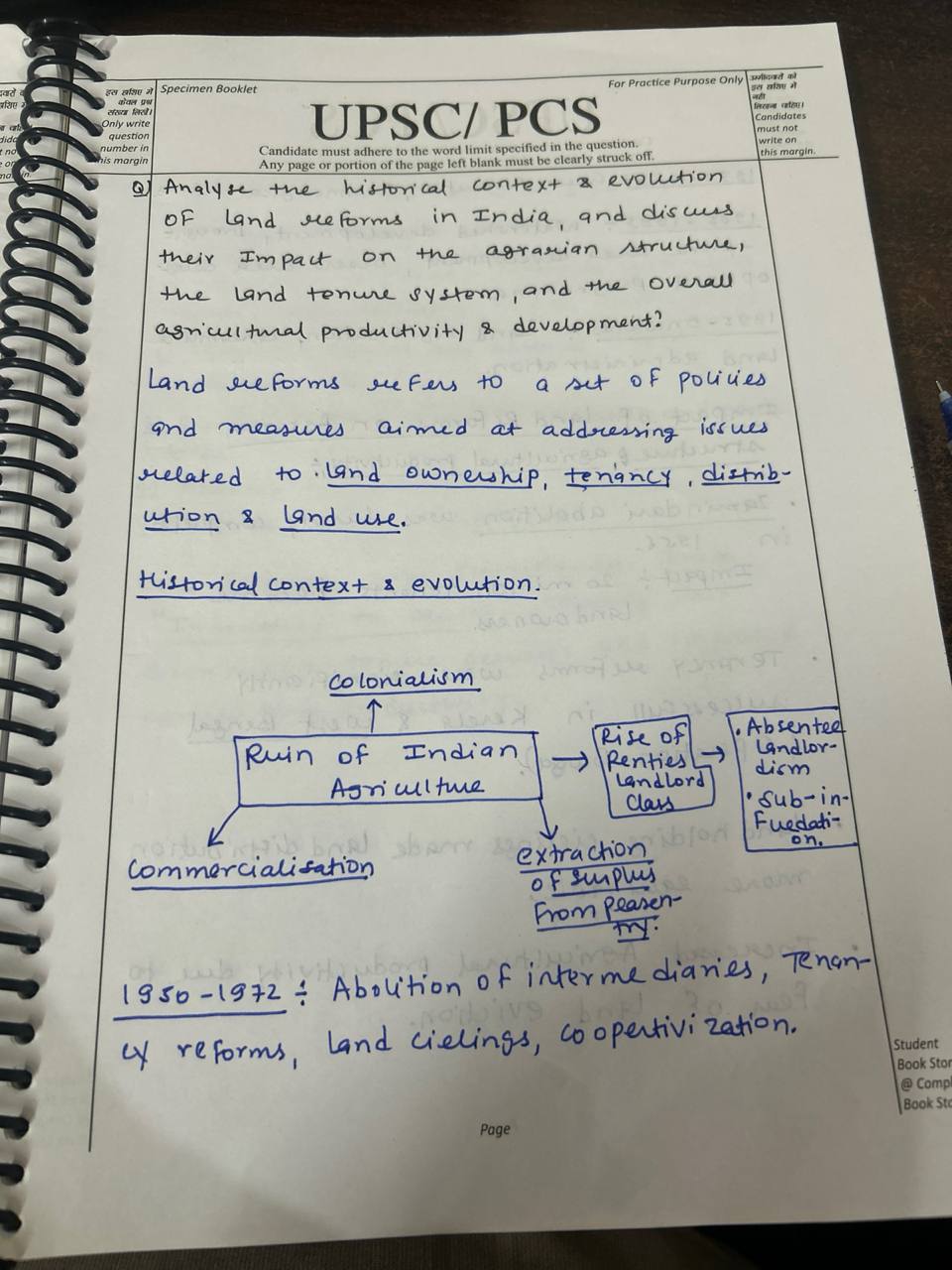The origin of the Earth has been a topic of much debate and speculation among scientists for centuries. Two widely accepted theories that attempt to explain the origin of our planet are the Nebular Hypothesis and the Giant Impact Hypothesis.The solar system is a vast and fascinating place, with eachRead more
The origin of the Earth has been a topic of much debate and speculation among scientists for centuries. Two widely accepted theories that attempt to explain the origin of our planet are the Nebular Hypothesis and the Giant Impact Hypothesis.The solar system is a vast and fascinating place, with each planet having its own unique characteristics. Earth, our home planet, is a special place that supports a wide range of life forms and ecosystems.
Nebular Hypothesis
Proposed By: Immanuel Kant (1755) and further developed by Pierre-Simon Laplace (1796).
Main Idea:
The Solar System formed from a large, rotating cloud of gas and dust called the solar nebula.
The nebula collapsed under gravity, causing it to spin faster and flatten into a disk.
The Sun formed at the center, and planetesimals coalesced from material in the disk to form planets.
Key Features:
Explains the orderly rotation and revolution of planets.
Accounts for the compositional differences between inner (terrestrial) and outer (gas giants) planets.
Criticism:
Fails to explain the observed angular momentum distribution in the Solar System.
Planetesimal Hypothesis
Proposed By: Thomas C. Chamberlin and Forest R. Moulton (1904).
Main Idea:
Planets formed from small, solid particles called planetesimals.
A nearby star’s gravitational pull caused material from the Sun to condense into planetesimals.
These planetesimals collided and coalesced to form planets.
Key Features:
Emphasizes the role of gravitational attraction and collision in planetary formation.
Supported by evidence of asteroid and meteorite composition.
Criticism:
Relies on a nearby stellar encounter, which is statistically improbable.
See less



Reasons for the Rise of the Roman Empire: 1. Military Conquests: Successful military campaigns expanded territory and influence, securing resources and wealth. 2. Strategic Alliances: Diplomatic alliances with neighboring states and tribes bolstered Rome's power and stability. 3. Administrative EffiRead more
Reasons for the Rise of the Roman Empire:
1. Military Conquests: Successful military campaigns expanded territory and influence, securing resources and wealth.
2. Strategic Alliances: Diplomatic alliances with neighboring states and tribes bolstered Rome’s power and stability.
3. Administrative Efficiency: Effective governance and legal reforms facilitated centralized control and integration of conquered regions.
4. Economic Prosperity: Trade, agriculture, and taxation generated significant wealth, supporting infrastructure and public projects.
5. Cultural Integration: Assimilation of diverse cultures and practices strengthened societal cohesion and loyalty.
Reasons for the Fall of the Roman Empire:
1. Political Corruption: Ineffective leadership and corruption weakened governance and administration.
See less2. Economic Decline: Heavy taxation, inflation, and economic mismanagement eroded financial stability.
3. Military Overreach: Overexpansion led to logistical challenges and vulnerability to external invasions.
4. Barbarian Invasions: Continuous invasions by barbarian tribes destabilized the Empire’s borders.
5. Internal Conflict: Civil wars and power struggles undermined unity and cohesion.